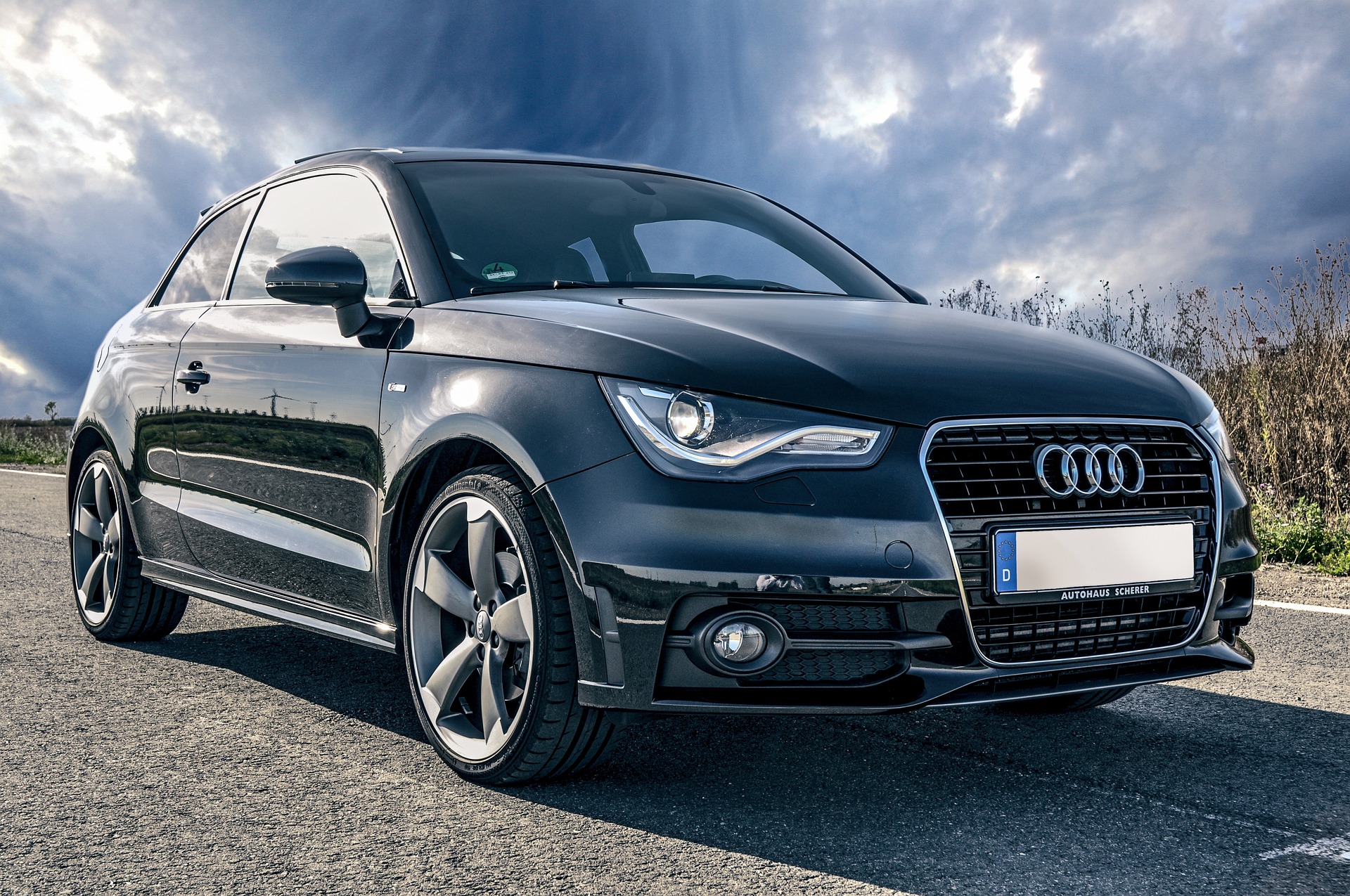So how to remove buffer on a car. One of the hardest thing in vehicle to remove is the buffer mainly because buffer can get harmed during the process. So i will help you guys with this. Follow steps and the work will be easy. This is the way I use and this will help you guys. Treat surface scratches with toothpaste Cover the scratches with your fingernail to see if they are shallow or deep. If there are no scratches on your nails, they are on the surface, and using toothpaste may be a good option.
If your nails get stuck in it, it’s deeper and you need to use a professional nail polish remover. Wash and dry the scratched area. Before applying toothpaste to a scratch, make sure it’s clean. Rubbing dirt and debris into the scratched area can make the scratches worse. You can take your car to a car wash or wash it yourself. To wash your car yourself, use a hose-type sprayer to wet everything and remove most dirt and debris. Then, using a large sponge or car wash brush, apply the special soap to the car. Apply soap to all vehicle surfaces and spray with a hose. Dry the car with a clean, dry towel.
How to remove buffer on a car – Apply a quarter of the amount of toothpaste to a damp microfiber towel.
Wet the microfiber towel so that it is completely damp. Then apply a quarter of the amount of toothpaste to the towel, or more or less, depending on the size of the scratch. Whitening toothpaste works best, but you can try removing the scratches with any toothpaste you have on hand. Toothpaste should be applied with a clean, soft microfiber towel to prevent rubbing in the toothpaste from causing further damage.
Rub the toothpaste into the scratched area in a circular motion.
Press down on the microfiber cloth and move it in small circles to remove the scratches. Do this until the toothpaste is evenly distributed over the surface. When applying toothpaste, apply light pressure, but not too hard.
Rinse off excess toothpaste.
After rubbing the scratch, rinse it well to remove any excess toothpaste. Spray the car with a hose, then dry the area with a microfiber towel. You can also wipe off excess toothpaste with a damp microfiber cloth.
How to remove buffer on a car – Repeat this process up to 2 times.
You may need more than one application to remove superficial scratches with toothpaste. Check the area to make sure the scratches are still visible, then repeat the process 1-2 times if necessary. Be sure not to apply more than 3 times, otherwise you may damage the clear coat of car paint.
If previous method doesn’t work – Use nail polish remover to treat minor scratches
Wash your car to prevent dirt or debris from scratches. It is very important to ensure that the area is completely clean before using any products or attempting to polish the area. Any dirt or debris left on the surface during polishing will cause further scratches. Before using soap, spray the car with a hose. Then, with the sponge or brush you use to wash the car, apply soap to it. Rinse off the soap thoroughly and dry the car with a microfiber towel. Be sure to use soap designed for car washing.
Purchase a scratch remover or kit.
You can buy anti-scratch products at an auto parts store or in the auto parts department of a department store. These products are often sold as scratch removal kits, which include a scratch removal solution and a polishing pad to apply the product. If you don’t know which anti-scratch to buy, ask the seller for help. Employees who work at auto parts stores often know a lot about these products. Microfiber towels are often a good choice for applying scraping products because they are gentle on the surface of your car. Some products even come with a mechanical polishing tool that can be used to remove scratches.
Apply a quarter of the amount of scratch remover to the pad. Depending on the size of the scratched area, you may need more or less. Spray product onto a buffing pad or microfiber cloth, then fold it in half to apply product to the surface of the pad or cloth. Before you begin, make sure the product is evenly distributed on the fabric or pad.
Apply the product on and around the scratched area.
You can operate the product in a circular or reciprocating motion. Do what works best for you, best covering the scratched area, but don’t change direction! Only back and forth or in a circle. Continue working with the product for a few minutes to distribute it evenly. Be sure to apply light to moderate pressure when handling the product.
How to remove buffer on a car – Clean up product residue.
After cleaning the scratched area, use a clean microfiber cloth to wipe off any excess product. Using a circular motion, buff the surface of the vehicle you are applying the product to. Do not allow excess product to dry on vehicle surface. Consult the manufacturer’s instructions to determine how to dispose of excess product.
How to remove buffer on a car – Repeat 2-3 times if necessary.
Check the area to make sure the scratches are still visible. If so, you can repeat the application of the product 2 to 3 times. Be careful not to do this too many times or you could damage the car’s clear coat. Check the manufacturer’s instructions before proceeding with other applications.
